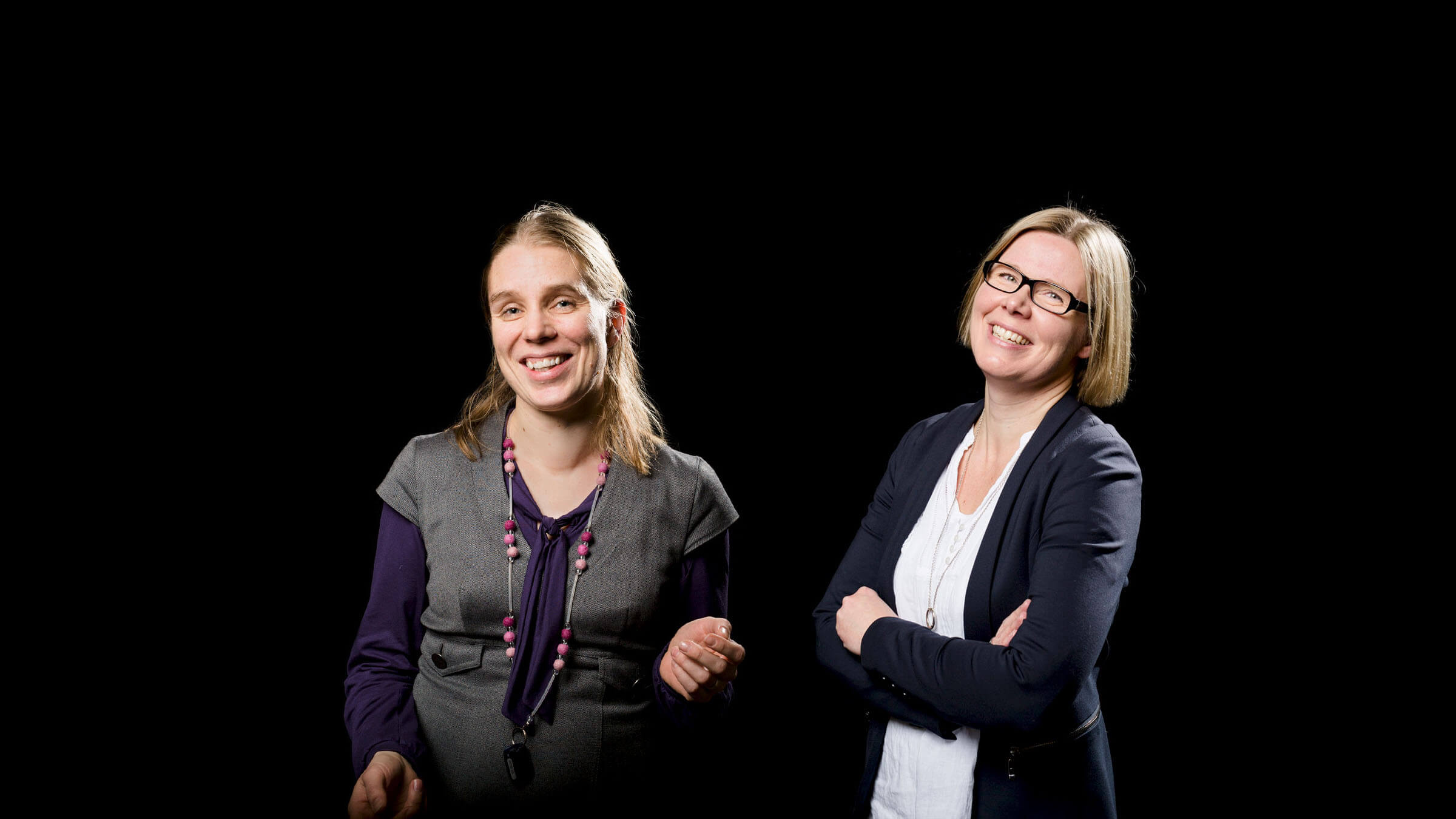In our daily lives, we are surrounded by various materials, such as wood, metals and the currently much-debated plastic. Nevertheless, many companies are still producing and using materials and composite materials in an ecologically unsustainable manner. The production of non-renewable natural resources, such as oil and coal, and the use of fossil fuels destroy habitats around the world and accelerate climate change.
For companies, problems with the availability of raw materials may even lead to factories closing down. The levels of arable land, clean water and some other raw materials needed by industry are already falling to a critical point (see the EU’s list of critical raw materials). If a single country dominates the market for a certain raw material, that country can directly influence the availability and price of that raw material. This means the availability of materials is also a global economic policy issue.
Taken together, these matters act as strong drivers for promoting the circular economy. An approach that is in line with the principles of the circular economy is nearly always not only the best solution for the environment but also economically the most sensible way of operating.
What can companies do in practice to promote a more efficient circular economy of materials? Below we have listed some general points that may have a significant impact on improving recirculation.
1. When making products, use durable, renewable or reused materials
The most efficient way of promoting the circular economy is to extend the product life cycle by using durable materials and make long-life products that can be repaired and that are reused at the end of their life cycle. For instance, bicycle parts can be made of stainless steel or hard-wearing composite materials that can be melted at the end of the bicycle’s life cycle and used as materials for a new product.
Renewable materials, such as plant- and wood-based materials, can replace oil-based materials. In construction, used timber logs, for example, can be used in a new building, or old windows and doors can be reused. The original material can also take on a new function – used sails or lorry tarpaulins can be used to make bags, for instance.
2. Consider the additives, filling agents and chemicals used in material production
Make sure that no harmful substances are used in materials as they impair recirculation and cause the materials to become hazardous waste or end up in incineration. For many substances that have been proven to be, or are potentially, harmful, there exists a replacement that does not jeopardise recirculation. There is constantly more information about the harmful effects of different materials and the available alternatives, so maintaining one’s level of competence and following developments in the field are important elements of a material developer’s work.
3. Plan and develop materials so they can be recirculated later
A product can be designed so that it can be used for another purpose without chemical or mechanical modification. In this case, the further processing of the product does not require extra energy.
If it is not possible to recirculate a material as a product, the mechanical recirculation of the material must be considered in the design phase; i.e. the materials of the product must be designed so that they can be reused later as a raw material for a new product. A good example of this is melting and reusing plastic, glass and steel.
The recirculation of materials can also be assisted chemically, which is the most demanding form of recirculation from the point of view of investment and energy use. In chemical recirculation, the chemical bonds of the material are modified and broken down so that the materials can be reused as raw materials in industry. The recovery of carbon dioxide from the air or from industrial processes and its use as raw material for new substances offers good opportunities for increasing the recirculation of carbon and reducing its release into the atmosphere.
Even though in theory there are plenty of opportunities associated with chemical recirculation and the use of carbon dioxide, the implementation of solutions requires so much investment and energy that it is not yet profitable for many materials. However, new biotechnological means, such as synthetic biology, may provide new cost-efficient solutions in this field in the near future.
Finally, there is the option of using materials as energy. This alternative is already widely used, although in many cases it would be wiser to use one of the options mentioned above. These options are also supported in the report by Sitra and the European Climate Foundation on the opportunities offered by the mechanical and, in particular, the chemical recycling of plastic.
4. Avoid waste and losses in production
The starting point for both material developers and product designers is to reduce waste and losses as they always incur additional expense. Waste and losses can be reduced in many ways, such as by cutting a bolt of cloth into clothes so that the amount of excess material is minimised or by using industrial side streams as efficiently as possible.
5. Strengthen co-operation with different companies in the product chain
Everyone benefits when different parties involved in the entire product chain co-operate across corporate boundaries and jointly give thought to the entire life cycle of the product – How can services be added to the product and how can the life cycle of the product or material be extended after the first service life ends?
An interrupted flow of information about the choices made, tight schedules and cost-cutting needs may all lead to unsustainable choices in execution. Therefore, it is not enough that correct decisions and plans are made at the early stages – the plans must be executed, adhered to and supervised throughout the production process and the life cycle of the product or building.
Could more close-knit teams be formed from companies and their partners, to bring together expertise in all phases, from product design all the way to reuse and recycling?
6. Learn more about the circular economy together
In the future, how can we live within the planet’s natural boundaries? When it comes to materials, scientific expertise plays a key role. No field can tackle such a major challenge alone. Solutions must pay equal attention to chemical, physical, technical, economic, legal, administrative, social and environmental factors. What is needed is multisectoral co-operation, which should be carried out as early as the study phases.
For instance, in one Sitra-funded training project, a thesis team consisting of university students from different fields has been challenged to resolve a real business-life problem together. At its best, the jointly developed solution may lead to a new start-up or at least create new business for the company.
















Recommended
Have some more.